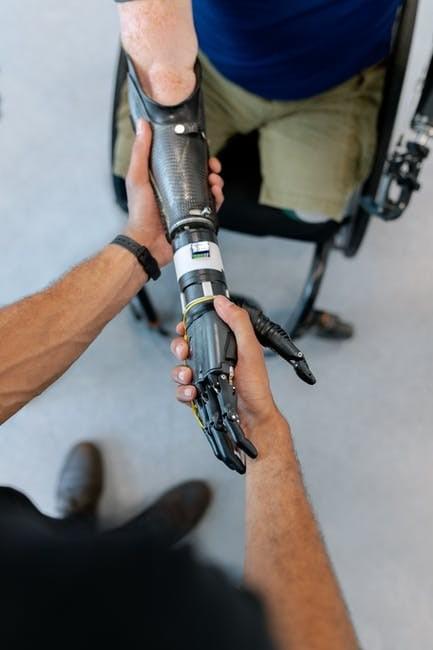
Although its origins are many hundreds of years old, the field of prosthetics and orthotics still may only be coming into its own at the moment. And just like other medical specialities, who perform prosthetics and orthotics often employ a slightly more technical vocabulary relating to what they do. This article will attempt to unpack that terminology a bit, and see exactly what we mean when we say that an "orthopedic prosthetic" or a "prosthetic leg" is any type of prosthetic for the leg, and specifically any kind of prosthetic leg. So, let's break this down!
Now, as this might sound bizarre to some - and it probably is to some of you reading this article, I suspect that it actually is not - a "prosthetic leg" is simply a leg extension or lower extremity prosthesis that has been medically approved as functioning normally. Such medical prosthesis must conform to all of the ethical standards of the HIPAA, as well as meet certain torticollis baby helmet guidelines set out by the FDA. So, what are "prosthetics"? Simply put, in simple terms, prosthetics and orthotics are surgically-corrected versions of real (natural) parts of the body, typically the legs and/or feet. They are made in the exact same dimensions, with identical materials, using the same number of links (seams, cleats, or screws), and using the same configuration. They are also evaluated by the same rigorous standards of strength, durability, fit, and functionality, as their natural counterparts.
When it comes to prosthetics and orthotics, there are several types of these medical prosthesis currently being used in hospitals throughout the country, ranging from simple bracelets and splints, to more complicated medical devices such as artificial hips, knee joints, hips, wrists, and fingers. If you suffer from any type of physical limitation, whether it be a permanent injury or just a few limitations that need upgrading, your doctor is probably best placed to determine which prosthesis will provide the most help with your particular condition. Your doctor is also very likely to know about any existing medical conditions that may require additional rehabilitation, or even surgery. Most physicians will also be able to recommend an experienced and reliable prosthetics and orthotics company, to ensure that your equipment and devices are matched up to the highest possible standards. Discover more facts about prosthetics at https://www.huffingtonpost.com/tarun-wadhwa/the-digitalization-of-pro_b_9189516.html.
The most common prosthetic companies New Jersey and orthotics are those that correct limited mobility, or the loss of muscle, joint, or tendon co-ordination after an accident, or any form of limb loss. The term 'permanent' describes these devices, as they can be used to replace one or more limbs following a traumatic accident. Limb loss following amputation is extremely common, and can be the result of a number of factors. Some of these include the development of bone spurs (these are fibrous growths on the leg bones that promote the attachment of tendons and muscles to them) or a lack of muscle strength due to weakness in the leg muscles, to name just a couple.
University has developed a unique and innovative program to help students undergoing rehabilitation following any type of accident or injury. The School of Sports Medicine is a part of the distinguished Schools of Optometry, one of the leading schools in the country. For over 35 years, Sports Medicine has been educating athletes of every level and of every type regarding the prevention, management, and recovery following athletic injuries. This program was established as a direct result of the tragic death of a renowned athlete and sufferer of limb loss following a motorbike accident. Following his death, his family discovered that there had been a serious shortage of specialists in the field of prosthetics and orthotics, leading to their son's untimely death.
Sports Medicine covers a variety of areas that include prosthetics, orthotics, and rehabilitation, and focuses its research and education agenda on clinical and pre-clinical pharmacology and biophysical pharmacology. Its clinical research facility also includes the Center for Technology in Sports Medicine, which collaborates with the Department of Defense and NASA to research prosthetics and orthotics. Other areas of focus for the Sports Medicine Program include clinical trials on new treatments for traumatic injuries and neuropathy. In addition to providing treatment for sports injuries, the Center also offers rehabilitation services to athletes and active adults.
